1 Jul 2023
A lot has changed in the decade since Keith Leonard and his wife Julie set up their Companion Care practice in a Pets at Home store near Leeds. But this year, the pace of change has increased faster than the Bank of England’s base rate, as VBJ discovered when we paid a visit…

Vets for Pets, Birstall, Leeds, West Yorkshire.
Staff: full-time vets 15 • RVNs 8 • veterinary care assistants 9 • support staff 17
Fees: initial consult £49.50 • follow-up £36
Expectations were mixed when VBJ was asked to attend the grand opening of the first practice in the UK to be rebranded as Vets for Pets.
The event was organised to showcase the much-publicised new logo and signage, which will start rolling out to other Vets for Pets practices across the UK from next month.
All part of a broader rebrand by Pets at Home – of which Vets for Pets is a part – the new messaging is the next move in the business’ ambition to cement itself as the one-stop destination for all pet care needs, from grooming and retail to veterinary services.
During the drive up to West Yorkshire last month, however, one nagging question remained – “what’s in a name?” New signage and a splash of paint would hardly be worth the four-hour round trip, but fortunately, those concerns evaporated on arrival.
Because as well as the rebranding work, more than £1 million has been spent on a spectacular refurbishment and an 1,800 sq ft extension to the mezzanine floor on which the 24-hour hospital sits.
“At times, it was really tough getting this all done while still remaining open as a 24-hour hospital, but we got there and the results are just incredible,” said Keith.
“Clients have already been giving us great feedback about how much they love bringing their pets into see us and the team love it too, and that was so important to both of us.
“There is so much stress on people in the profession, not just the vets and the nurses, but the receptionists and the managers, the finance team – they are getting it too, and often worse.”
He added: “The stress on them and the churn of those people in our profession is just as significant, which is why we wanted to create somewhere amazing for everyone in the team to come and work.
“And we think we have done it here; not only have we made massive improvements to the clinical side of the business with the redevelopment, but we have also taken things to another level for our team.
“Much of the extra extension space has been used for colleagues and meeting areas, and by siting those spaces on the new mezzanine extension, we have been able to make sure they all benefit from as much natural light as possible.”
Work on the original mezzanine space focused on the removal of an old meeting room to make way for the extra operating theatres, and new toilet and shower facilities, while the prep area has also been significantly expanded, and kennel space for both cats and dogs doubled.
On the original “wing” of the mezzanine, what was once retail space has been converted into extra consult rooms and client waiting areas, while the second, new wing of the mezzanine now houses a colleague room and a 30-seat meeting and CPD room.
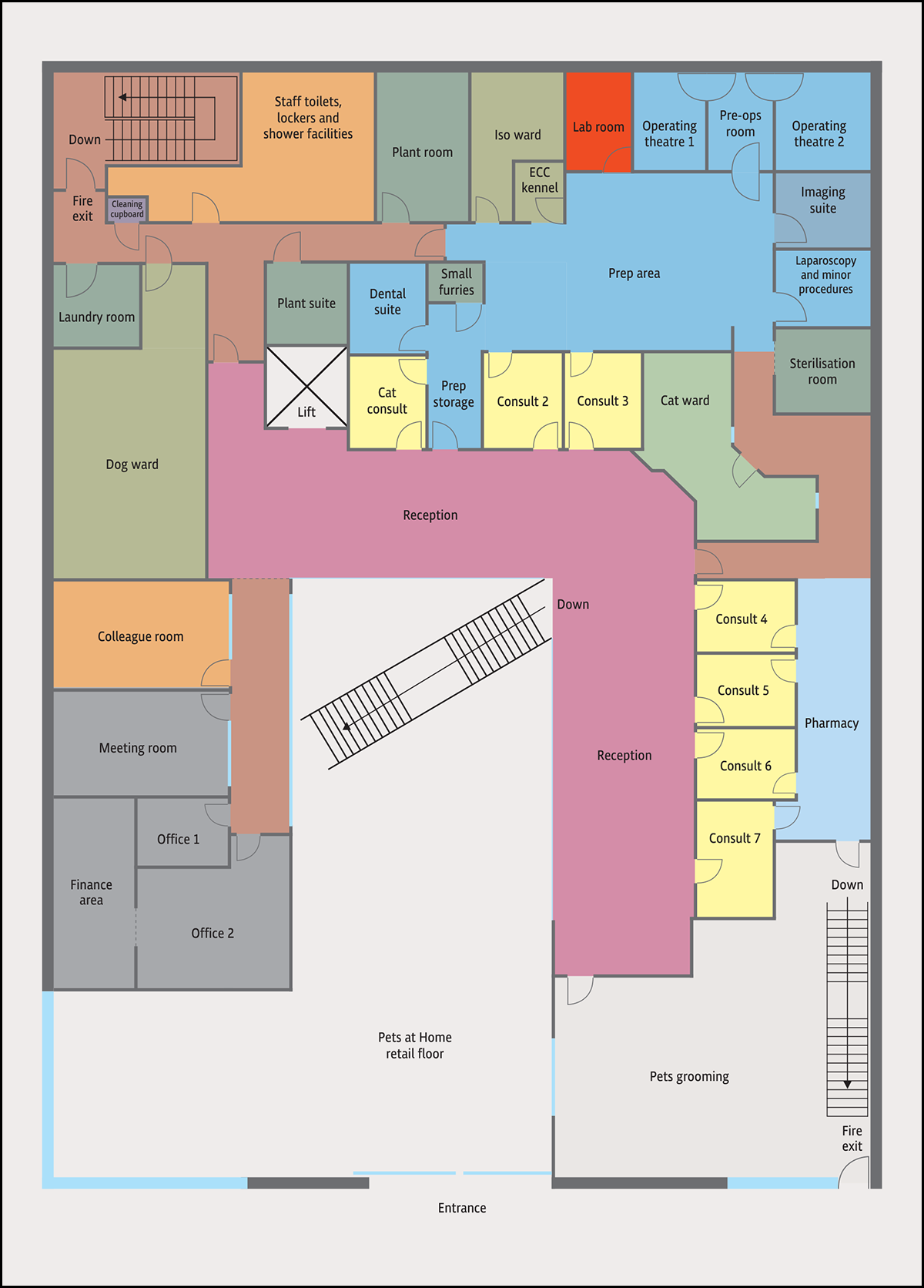
All office and finance functions of the practice are also housed on the new extension, which now sits above the Pets at Home retail space below. And while most of the £1 million cost of the project was spent extending the colleague and clinical spaces, and adding significant clinical upgrades – such as a state-of-the-art camera system in the main operating theatre and the latest iM3 dental imaging suite – around one-fifth of the budget went on what Julie describes as “soft touches”.
She said: “We spent around £1 million making this happen and while we wanted to make sure we got the clinical upgrades we needed, we spent an awful lot on soft touches for the people who visit and work in the building.
“We used a combination of natural finishes, as well as materials that are anti-microbial and fit for purpose within a pet care environment. Even the trees in the reception area are real.
“Those trees cost a lot of money to put in, but they serve a purpose as they massively enhance that space for everyone – it’s all about people for us.”
Keith began his journey as a joint venture partner (JVP) when he partnered in what was then a Companion Care practice back in 2012. He describes that first set up as “very much a vet practice at the back of a pet store”, but that perception has totally shifted in recent years, with Vets for Pets now the central hub of what Pets at Home describes as its very first, fully interconnected “pet care centre”.
The concept of coordinating everything, from veterinary care to dog grooming and retail, from one site may be relatively new to the UK, but as Keith explained, it is a model that has helped drive the growth of his business from day one.
“I was in a practice working 50 hours a week and steadily burning out when I was approached by Companion Care, and I found it really worked well for me and gave me the balance I needed,” he said.
“We did well and then became Vets for Pets, and continued to grow to the point when we decided to become a hospital six years ago, and we now have 16 practices that feed into our emergency and critical care service.
“Extra work also started coming in as we began offering referral services to those practices, but we got to the point where we were bursting at the seams, and so, we sat down and thought about what we needed to take that next step.”
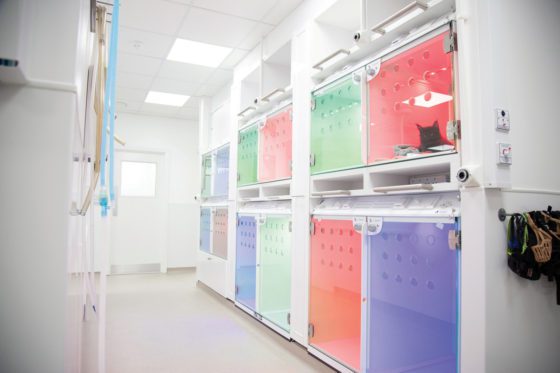
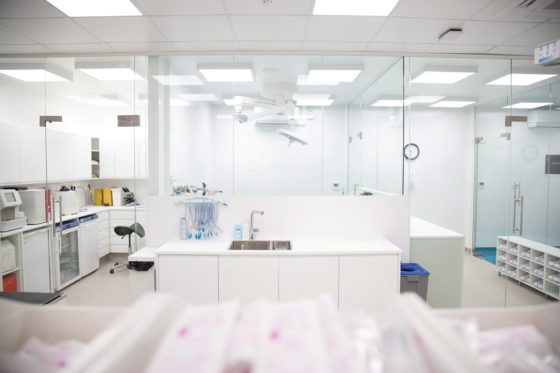
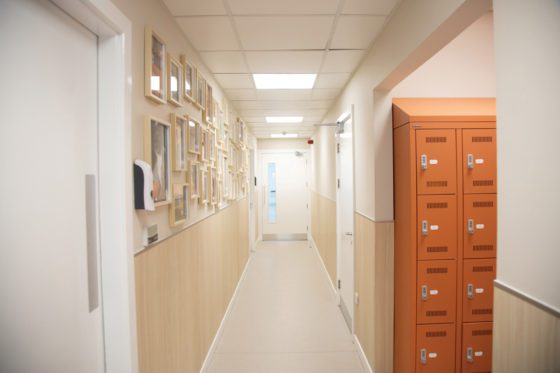
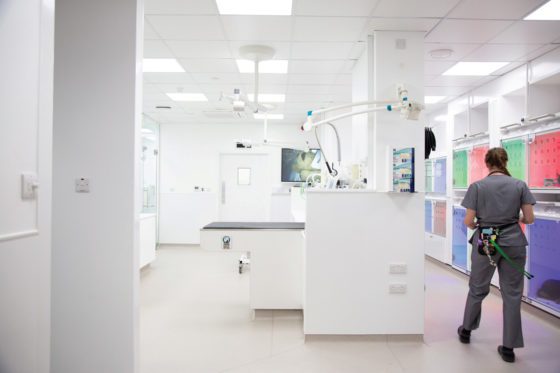
Fortunately, their journey as JVPs has proved to be very rewarding for Keith and Julie, from both a professional and financial point of view. Despite space being at a premium in the old set up, the practice had been generating in excess of £3.5 million per year from just three consult rooms and a dental suite.
Those sort of figures meant that, having paid off the original loans secured as part of the JVP agreement with Vets for Pets, Keith and Julie were making enough money in dividends to fund most of the cost of the latest development themselves.
And while the pair were able to lean on Vets for Pets for help with some of the logistics and staging of the construction work and design, the vision is very much their own – as are the profits.
Keith said: “We have not been constrained by the partnership and we have been able to realise our independent vision. Of course, not everyone wants this – this is our vision – and our partners have supported us to get to this point, but everyone can do it differently and create their own vision.
“We really wanted to invest in people. We had got to the point where we have paid back the loan to the bank and that means we now take all the profits from the business in the form of dividends.”
He added: “Vets for Pets now just takes a fee from our turnover for the back-office services they provide, and that works well, as if they were taking a fee from profit, they would have a vested interest in influencing decisions about pushing to cut costs, as it would impact on profits.
“Paying the fee from turnover means the model really works, as we are left to make the decisions on how the business develops.”
Such handsome dividends meant two thirds of the £1 million outlay came direct from Keith and Julie’s personal funds, with the rest funded with another small loan.
But as Keith and Julie freely admit, none of it would be possible without their 70-strong team, which includes 15 vets and 27 nurses.
By building a super-supportive structure where vets and nurses are encouraged to push the envelope of first opinion practice, the couple have fostered a working environment in which clinicians are encouraged to develop their careers.
Julie said: “For our team, we want to be the employer of choice for this region. We have vets and nurses who contact us for jobs and we also have locums who ask us for permanent jobs once they have worked with us for a short while – you don’t hear that often in this industry at the moment.
“Everyone is desperate for vets and nurses, and dealing with burnout and all the rest, so we have to offer something different: flexible working hours, a competitive salary and, not least, a great place in which to work, and we provide all those things.
“We have three night vets who are one week on and two weeks off, and that is a dedicated night team, so when we went 24/7, we didn’t stress any of the day team, we got a dedicated team.”
By offering what Keith describes as “soft referral” also means clinicians get the chance to develop their skills and get their teeth stuck into more complex cases.
Keith holds a surgery certificate, while the vet and nursing teams have plenty of other certificate holders, and the practice actively encourages its clinicians to pursue extra qualifications.
Keith added: “I have a surgery certificate, two others have medicine and we have two more vets doing certificates in ECC, and we are bringing in a vet with a certificate in surgery and ophthalmology – we don’t want to be a Fitzpatrick or a Paragon, we aspire to do GP veterinary work to a very good standard, and that should include that kind of more advanced work if the situation requires it.
“We want to be a top-end first opinion practice that develops its young vets and nurses, but also offers referral hospital services, out-of-hours, emergency care, with senior vets with the capacity and the excellence that they can train and support all the younger vets with their cases, too.”
Keith said: “The situation is really not helped by the fact that there are so few grey-haired vets about like me anymore – when they all sold their businesses at 50 to 55, they left the profession.
“In the Vets for Pets model, however, there are a lot of experienced vets who are still in the profession because they own their businesses, they are getting a good return and they stay, and that obviously helps develop the next generation of vets and nurses.
“We like to help everyone upskill and develop in a highly supportive and safe clinical environment. We don’t want to be a specialist centre, we want to be a GP centre that takes things to a high level – the old way, the way it should be.”
So, while Keith and his team will refer when something is beyond their clinical range, ex-laps, shunt surgery and gall bladder removals, as well as more complex pelvic fracture and long bone fracture repairs, are a regular feature of the caseload.
This helps to keep everyone motivated and engaged with their work – for vet nurses, as well as vets.
Julie added: “We just try to make sure everyone is supported. We have a dedicated finance team and a dedicated customer care team, so our vets and nurses can focus on what they came into the profession to do.
“The support structure we have here is that we use two qualified RVNs for every vet that is working on any given day, and we use that ratio so our RVNs get to utilise their skillset fully.
“We have a lot of RVNs with diplomas and extra certificates, and all of these things are driving our business and driving our customer care, and allowing the vets to focus on the stuff that really gives them the enjoyment and stimulation they want from their work, too.
“As a high-end hospital, we find that we need two to three nurses for a case now, and we are also offering a lot more nurse-led consults, too.”
Julie said: “The other thing we liked about the JVP model is that when we come to sell, 100 per cent of that sale price is ours – bar the building, which is rented.
“So, we get an independent valuation to get new JVPs to come in and buy out our share.
“Because our concern was we were creating a beast and we didn’t know how to get out of it, but if you look at it longer term, it is not what you sell it for, it is about what you get out of it in the time you are working in it – you make it your own, you enjoy it and you take the profit.
“When the time comes, we expect younger vets and nurses will be able to buy into this business, allowing them to start to own a bit of the industry.
“That is what we plan to do: grow our replacements in this practice, so it gets passed on to people we know and trust.”